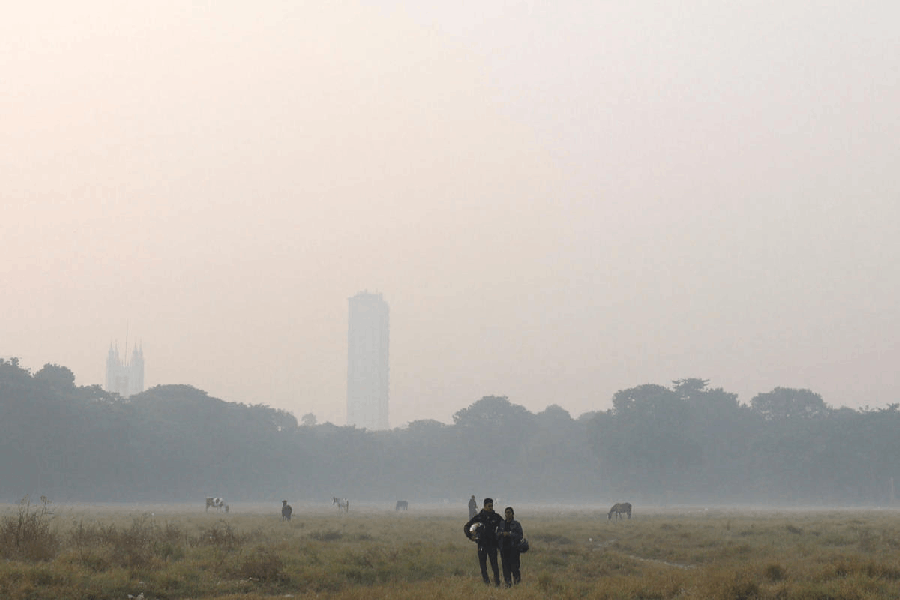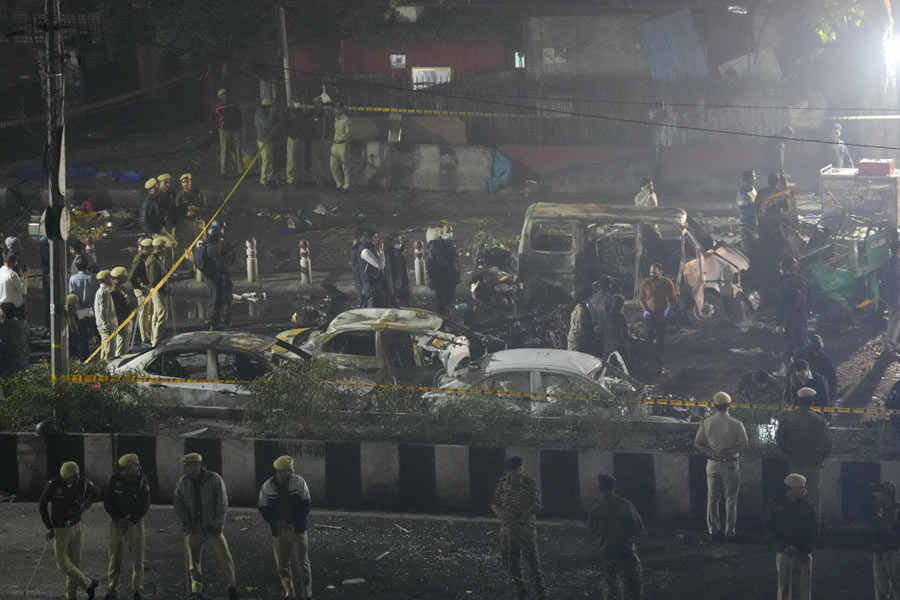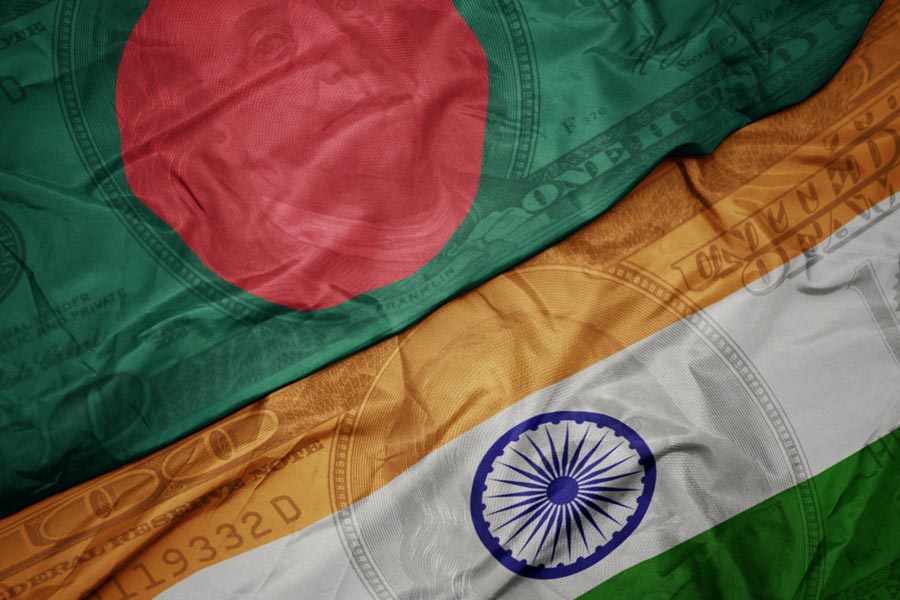 |
 |
 |
| Ice edge: (From top) Mandip Singh Soin on the summit; Charu Sharma and Soin |
Our ascent of Meru North (6,450 m) in Garhwal in the summer of 1986 was the first by Indians. But it was also a landmark ascent in other ways. We did a lightweight expedition, keeping gear to a minimum and carrying it ourselves rather than using porters. It was a very challenging technical rock climb. We climbed the peak and descended in one push over six days from Advanced Base Camp to the summit, spending five nights on ledges and snow platforms ? anchoring ourselves to the mountain face so that we wouldn’t roll off.
The two of us, Mandip Singh Soin (Mandy) being the other, had been rock climbing buddies since college. In 1985, we rock climbed all over India, at Mumbra near Mumbai, at Savan Durga near Bangalore, at Dhauj near Delhi. For the Meru expedition, we were joined by two more climbing friends ? Dr Tejvir Khurana and Ak? Nielsen, a Swede then based in India.
Our sight was fixed on Meru North because, in 1981, an Austrian team made the first ascent. They were Ibex clients and Mandy had pored over the expedition report and slides. Half the route was a technical rock climb while the other half was a steep snow and ice section. In 1985, Ak? attempted the same route with a Swedish team and failed. So when we set off in August 1986, we knew we had serious climbing ahead of us.
Since we had a foreigner with us, we had to have a liaison officer from the government accompanying us ? as on foreign expeditions. But it was because of Ak? that we had access to state-of-the-art equipment ? Koflach climbing boots, harnesses, hardwear ? and freeze-dried food. We didn’t take any tents beyond Advanced Base Camp, only bivouac bags.
Base Camp (4,200 m) was in the high-altitude meadow of Tapovan at the foot of the peak. We hung around there for a week, acclimatising ourselves and ferrying gear to Advanced Base Camp (5,000 m). Our rucksacks weighed 35 kg on the initial carries. Then we moved to Advanced Base Camp, all set for the actual climb.
The rock climbing on the first day was easier than on the next two, though we needed to fix rope in patches. Over the first three days, we fixed between 1,500 and 2,000 ft of rope on the rocky section. The first night, we bivouacked at about 5,550 m. There were ledges on which we could lie down. The second night’s bivouac was at 5,750 m and there was space only for sitting on a ledge with our legs dangling. We took off our boots and anchored them to the pitons we’d driven in and drew up our sleeping bags.
On the third day, we tackled the crux of the climb ? the section that had earlier defeated Ak?. The lead climber would open the route, then haul his rucksack up, then belay the second climber, who would then haul his own rucksack up and take over belaying. Soon after crossing the crux, the snow line began. We dug a platform in the snow for our third bivouac (6,000 m). The next day, we were to go to the summit and return to this bivvy. But the snow was very soft, we were sinking in up to the calves and we made slow progress. So we were forced to make an emergency bivouac at 6,250 m. We nicknamed it the Sautan (a Swedish word meaning ‘hell’) bivouac. It was a flat spot against an ice wall. We had no sleeping bags, no stove. The two of us shared a bivvy bag. The others emptied their rucksacks and put their feet in. We had water, chocolates and biscuits. That was how the night passed.
We resumed climbing as soon as the sun touched us. The snow was firm but the last two pitches were 70 degrees and ended in a knife-edge ridge. You could put only one boot on it, the other had to be on the slope! This ridge led on to the summit, which we reached a little before 11 am (September 6). All of us couldn’t stand on it so we sat on the ridge with our legs dangling on either side.
It was the finest climb of our lives. We had done rock climbs up to Grade E2 (British), and the toughest sections on Meru were very severe ? about two grades below. But it was great education.
From the summit we returned to the third bivouac and spent the night there. The next day, we descended to Advanced Base Camp. As we rappelled down, we were acutely conscious that it was the sixth day of climbing, we were short of sleep and food, and mistakes could occur. A day later, we were in Base Camp and the beer was flowing!
As told to Yana Banerjee-Bey











